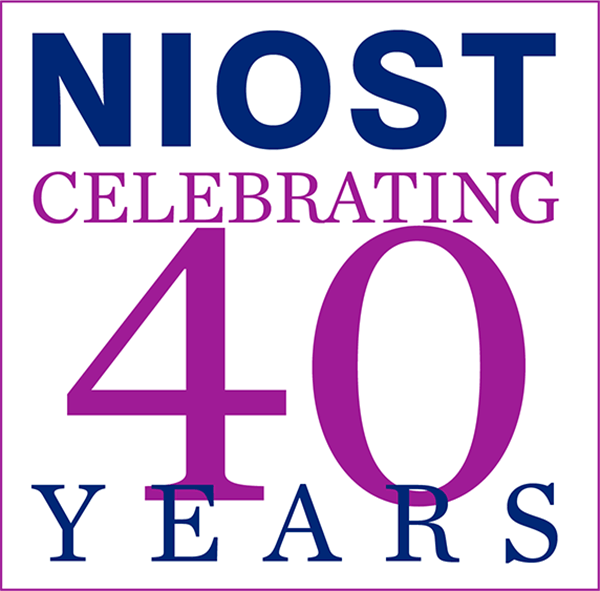Afterschool Matters Spring 2005
Download the entire issue of Afterschool Matters Spring 2005 as a pdf. 56 pages.
Download individual articles as pdfs:
- So You Want to Be a Superhero? How Making Comics in an Afterschool Setting Can Develop Young People’s Creativity, Literacy, and Identity
By Sarita Khurana
A unique afterschool class in making comic strips and comic books, taught by a professional comic artist, encourages both literacy development and identity development in adolescent participants. 9 pages. - “It Means Thank You”: Culturally Sensitive Literacy Pedagogy in a Migrant Education Program
By Theresa McGinnis
Multilingual and multimodal literacy practices in a out-of-school migrant education program support Cambodian (ethnic Khmer) youth in using diverse modes of communication, revealing the intimate connections among literacy, language, culture, and identity. 7 pages. - Co-constructing Space for Literacy and Identity Work with LGBTQ Youth
By Mollie V. Blackburn
Adult facilitators in afterschool programs can work with LGBTQ youth to construct a safe space in which the youth can validate their identities in the process of doing literacy work. 7 pages. - Fabulous Fashions: Links to Learning, Literacy, and Life
By Anne L. Thompson
Students will apply themselves to learning if the context interests them. Focusing on a subject close to middle school students’ hearts, such as fashion, rather than on specific academic tasks such as writing or researching, builds intrinsic motivation for learning. 9 pages. - Embedding Seeds for Better Learning: Sneaking up on Education in a Youth Gardening Program
By Jrène Rahm and Kenneth Grimes
A 4-H program embeds science learning in an entrepreneurial program in which youth plant, harvest, and market their own produce. 9 pages. - “Doing Hair” and Literacy in an Afterschool Reading and Writing Workshop for African-American Adolescent Girls
By Daneell Edwards
African-American adolescent girls who expressed little interest in literacy activities nevertheless enthusiastically engaged in reading and writing around a topic that mattered to them—doing hair—particularly when they were allowed to determine the format of the literacy activities. 9 pages.




